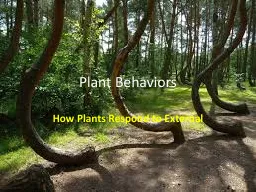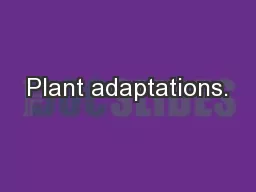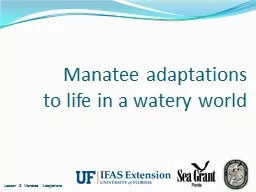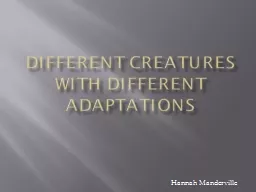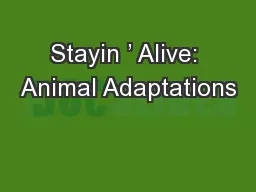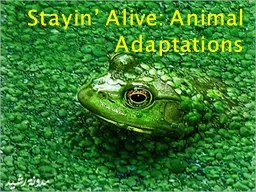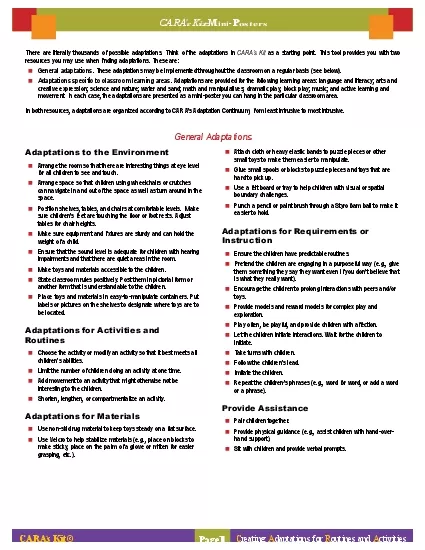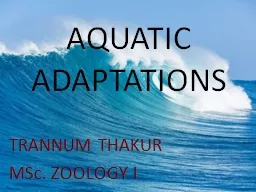PPT-Adaptations TROPISMS &
Author : gagnon | Published Date : 2023-10-29
A Tropism is a plants directed growth towards or away from a stimulus Tropisms Tropisms We will cover 4 tropisms Gravitropism Hydrotropism Phototropism Thigmotropism
Presentation Embed Code
Download Presentation
Download Presentation The PPT/PDF document "Adaptations TROPISMS &" is the property of its rightful owner. Permission is granted to download and print the materials on this website for personal, non-commercial use only, and to display it on your personal computer provided you do not modify the materials and that you retain all copyright notices contained in the materials. By downloading content from our website, you accept the terms of this agreement.
Adaptations TROPISMS &: Transcript
Download Rules Of Document
"Adaptations TROPISMS &"The content belongs to its owner. You may download and print it for personal use, without modification, and keep all copyright notices. By downloading, you agree to these terms.
Related Documents


